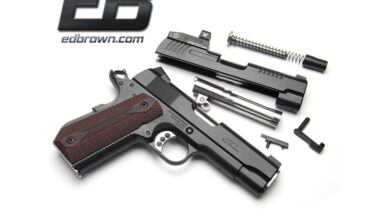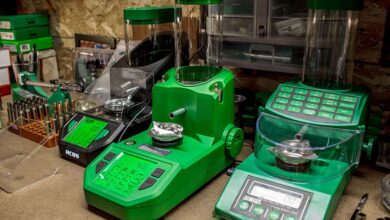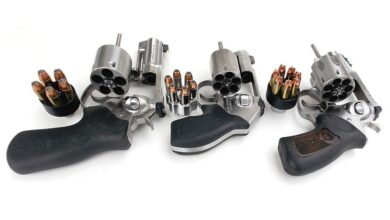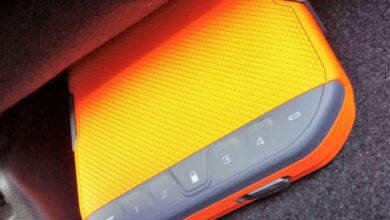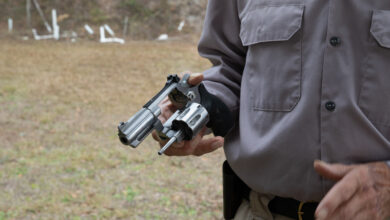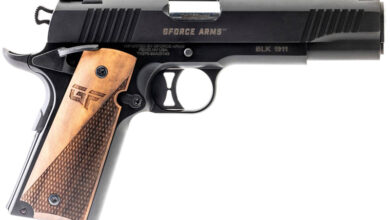1974: The Year of the Action Camp Classics Revisited Five Decades Later
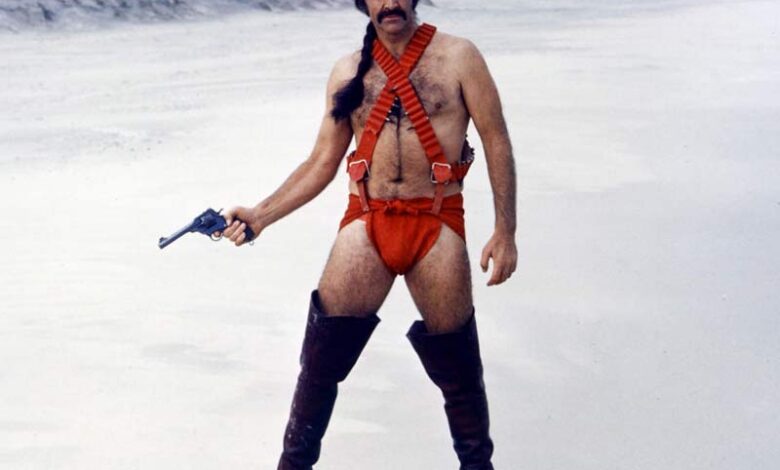
Fifty years ago, the U.S. box office could have been rightfully described as a “disaster zone” as 1974’s top-grossing film was “The Towering Inferno” starring Steve McQueen and Paul Newman, while “Earthquake” and “Airport 1975” were also in the Top 10. Mel Brooks proved to be worth his weight in comedy gold as both “Blazing Saddles” and “Young Frankenstein” hit big, and the year is, of course, remembered for “The Godfather Part II” and “Chinatown.”
Yet, 1974 was also the year that saw a number of “cult classics” released.
While it may not have been the beginning of an era of campy, low-budget, and even, at times, surreal cinema, the year certainly delivered some of the best/worst ever to hit the big screen. A decade or two later, movies of this caliber might have been released directly to video and quickly forgotten, and today, they would be blips on the streaming services that are all but overlooked—yet 50 years ago, these films had their moment on the big screen.
Here are the best of the action camp films from 50 years ago.
“Zardoz”
To explain the entire plot of “Zardoz” would require a lengthy essay, but to sum up, Sean Connery decided to do something different after portraying James Bond in one too many films, and John Boorman really wanted to make “The Lord of the Rings.”
The result is a science-fiction film set in a post-apocalyptic world ruled by a giant stone head whose name is literally taken from the “Wizard of Oz” (Zard Oz) while Connery plays Zed, an Exterminator who is the result of a long-running eugenics experiment. For reasons never fully explained, he and other Exterminators wear bright red nappy/G-strings and knee-high leather boots. Connery completes the look with a long ponytail and 1970’s style pornstache.
It could be best described as a live-action version of something out of Heavy Metal magazine, made before “Star Wars” redefined sci-fi for both the good and the bad.
Despite being set in the distant future, Zed carries a unique firearm that was already a rare antique when the film was made. It is a Webley-Fosbery Automatic Revolver, a rather innovative handgun for the day. Manufactured between 1901 and 1924 by Webley and Scott, it was noteworthy for its “automatic” mechanism. Other exterminators can be seen armed with M16s and Lee-Enfield No. 4 rifles.
As camp cinema goes, “Zardox” set the bar high indeed.
“Big Bad Mama”
Sean Connery may have worn something resembling a bondage outfit, but “Big Bad Mama” featured a provocative scene with William Shatner and Angie Dickinson. It was hardly a breakout role for either, but we should remember that this action-crime-sexploitation comedy was produced by legendary B-movie director Roger Corman, who produced a series of cheap gangster films in the early 1970s, capitalizing on the success of “Bonnie and Clyde” and “The Godfather.”
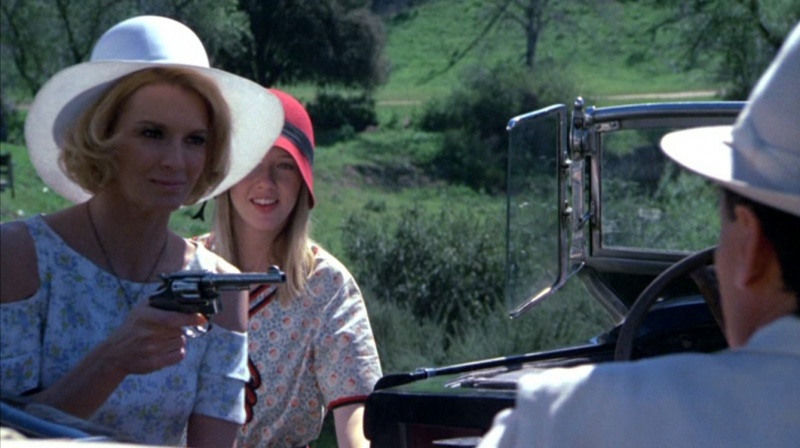
Though it is at times laughably bad, unlike other gangster knock-offs, no one involved seemed to take this too seriously. It tells the story of Wilma McClatchie (Dickinson) as she takes over her late lover’s bootlegging business during the latter years of prohibition before becoming a bank-robbing con artist. Though just 83 minutes, the film is loaded with sex, violence, and bluegrass music.
“Foxy Brown”
In 1997, Pam Grier made her comeback in Quentin Tarantino’s “Jackie Brown,” based on the novel “Rum Punch” by Elmore Leonard. However, nearly a quarter century earlier, she starred as the title character in “Foxy Brown,” a young woman who takes on a gang of drug dealers responsible for the murder of her boyfriend. Though not the first, and certainly not the last of the wave of 1970’s blaxploitation films, “Foxy Brown” remains a stand out in the genre and one of the most influential of its era.
Grier would go on to be the female archetype of the genre, being seen as a strong and independent woman.
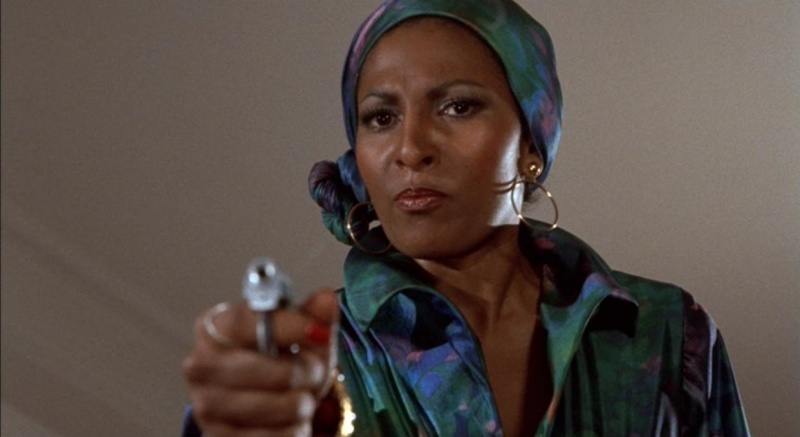
Moreover, it was among the first such films to cast drug dealers and pimps as villains. Both the film and character have been directly influenced or were referenced in subsequent movies – while a new series based on the film was reported to be in development at streaming service Hulu. Simply put, there would have been no “Jackie Brown” had Grier not first gotten “Foxy.”
“Freebie and Bean”
Arguably the most “mainstream” film on this list, and actually a minor box office hit at the time, “Freebie and Bean” has been somewhat overlooked 50 years later perhaps due to the movies that it went on to inspire. Starring James Caan and Alan Arkin, it was originally scripted as a serious crime drama about two San Francisco police detectives and their efforts to bring down an organized crime boss.
Coming on the heels of “Dirty Harry,” which was also shot in the city by the bay, it probably would be completely forgotten today had it stuck to that script as it lacked the edge or grit of “Dirty Harry” and other crime films of the era such as “The French Connection.”
However, during production, it morphed into something far more off-beat largely due to the bantering and improvisational nature of the acting by the film’s leads, while director Richard Rush introduced a comedic theme with over-the-top action scenes. At the end of the film, neither of the actors was entirely sure it would work – yet, “Freebie and The Bean” went on to be the first true “buddy-cop” genre, later inspiring such films as “48 Hours,” “Beverly Hills Cop” and “Lethal Weapon.”
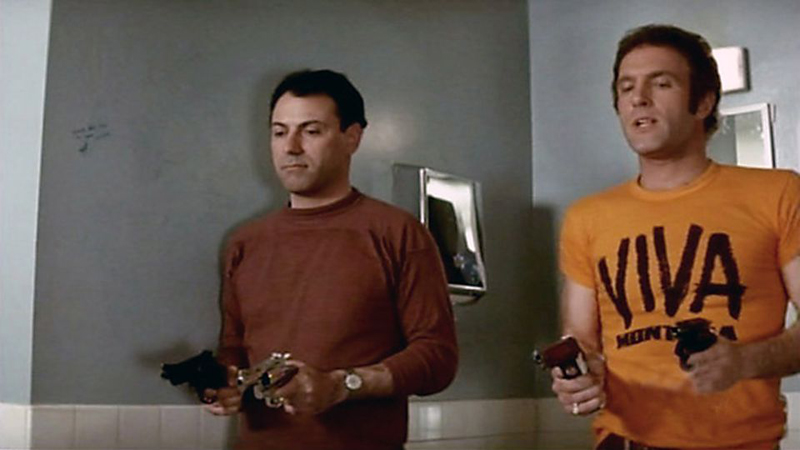
A TV spinoff was produced in 1980, but the mash-up of comedy and drama, slapstick, and reality didn’t translate. Yet, just two years later, “48 Hours” hit the scene, and it launched one of the biggest action genres of the decade of excess.
“McQ”
A long-told story is that John Wayne turned down the title role of “Dirty Harry,” a decision he admitted regretting after it enjoyed an unexpected box-office success. It’s hard now to imagine The Duke staring down the bank robber in the opening scene and uttering, “You’ve got to ask yourself one question: ‘Do I feel lucky?’ Well, do you, punk?”
We’ll never really know if Wayne could have pulled it off, but perhaps the film McQ offers a glimpse into what could have been.
As originally written “Dirty Harry” was supposed to be set in Seattle, but the setting was changed when Clint Eastwood became connected to the project. Then, two years after “Dirty Harry” hit screens, Wayne was filming “McQ” back in Seattle, playing a similar role – an aging detective who played by his own rules and notably carries a large frame revolver.
Wayne had sought to break out from the Westerns and war films he had become known for and stars as Detective Lieutenant Lon “McQ” McHugh. While the pacing is a bit slow at times, Wayne makes the film watchable. It is also more than just a “Dirty Harry” knockoff, even as McQ initially carries a Colt Python instead of the Smith & Wesson Model 629. In the movie, John Wayne also became the first star to wield the Ingram Model 10 (MAC-10) on the big screen, although it is identified as being chambered for 9mm instead of the correct .45 ACP.
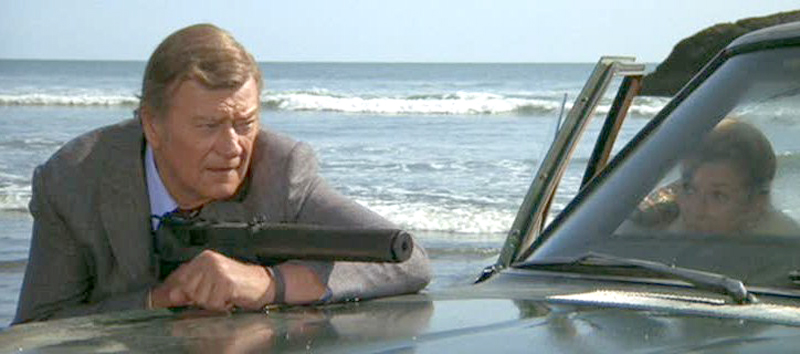
The film received mixed reviews, but The Duke must have felt he did well enough in the modern setting as he returned stuck the police genre again in the film “Brannigan” a year later, playing a Chicago detective sent to Britain to organize the extradition of an American mobster.
“Death Wish”
Based on Brian Garfield’s 1972 novel of the same name, “Death Wish” could have starred Jack Lemmon as Paul Kersey, a New York City architect who becomes a vigilante after his wife is murdered and daughter molested during a home invasion. It’s hard to see Lemmon in the role, but several other actors were considered, including Steve McQueen, Clint Eastwood, George C. Scott, Frank Sinatra, Lee Marvin, and even (yes) Elvis Presley.
However, Charles Bronson made the role his – and stuck with it even as it spawned four increasingly ridiculous low-budget sequels. Yet, we need to remember that the original was a fairly straightforward drama that perhaps hit too close to home at the time as it showcased the decline of New York City in the early 1970s and its rise in crime.
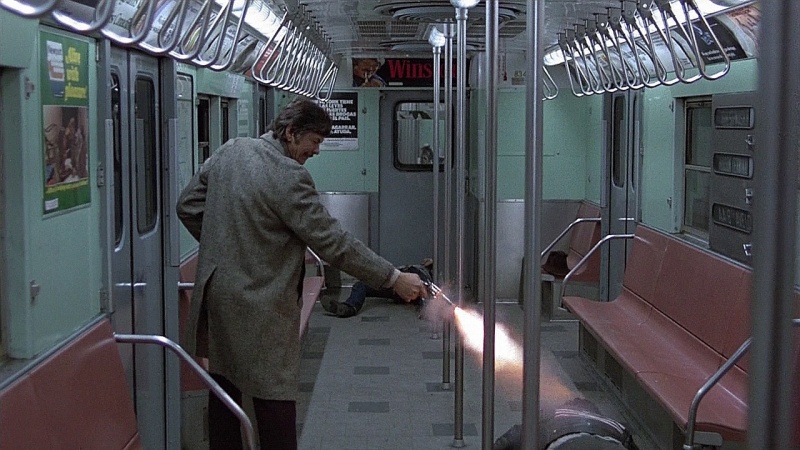
Upon its release 50 years ago, movie critics labeled it a despicable motion picture that argued for vengeance and vigilantism, even if Bronson countered that it was meant to be a commentary on violence. It was remade in 2018 with Bruce Willis as the main character, but nothing beats Bronson on the prowl for bad guys in the Big Apple, proving that they don’t make ’em like they used to!
The post 1974: The Year of the Action Camp Classics Revisited Five Decades Later appeared first on The Mag Life.
Read the full article here

